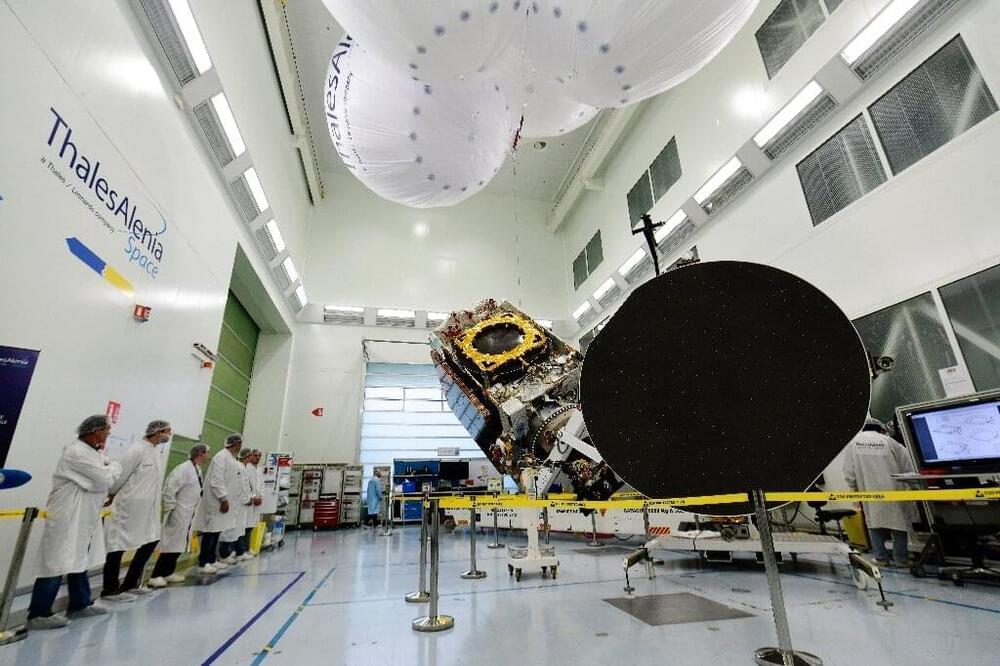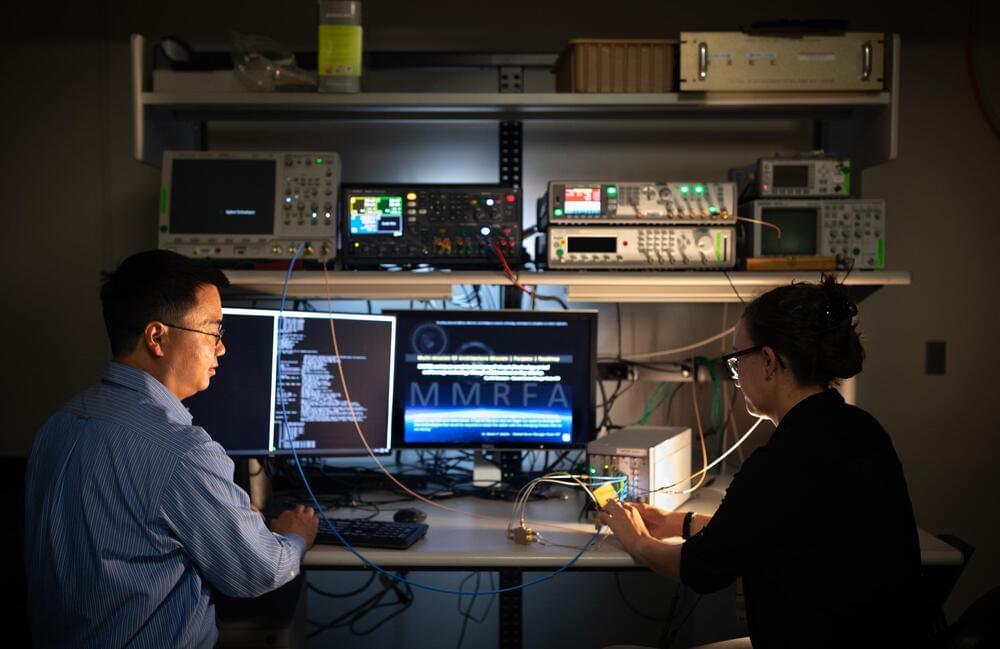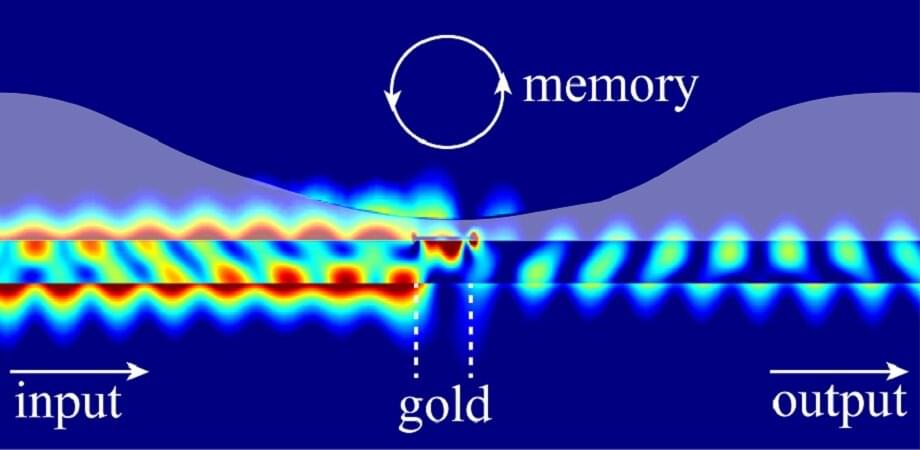Jul 26, 2022
European satellite firms eye tie-up to create ‘global champion’
Posted by Wise Technology in categories: Elon Musk, internet, satellites
French satellite operator Eutelsat said on Monday it was in talks with British counterpart OneWeb for a tie-up to create a “global champion” in broadband internet, rivaling US services like Elon Musk’s Starlink.
Satellite broadband promises to bring coverage to the most remote areas of the planet by doing away with the need for antennas and other infrastructure.
It will also supply internet on commercial aircraft and to products like connected cars.

















